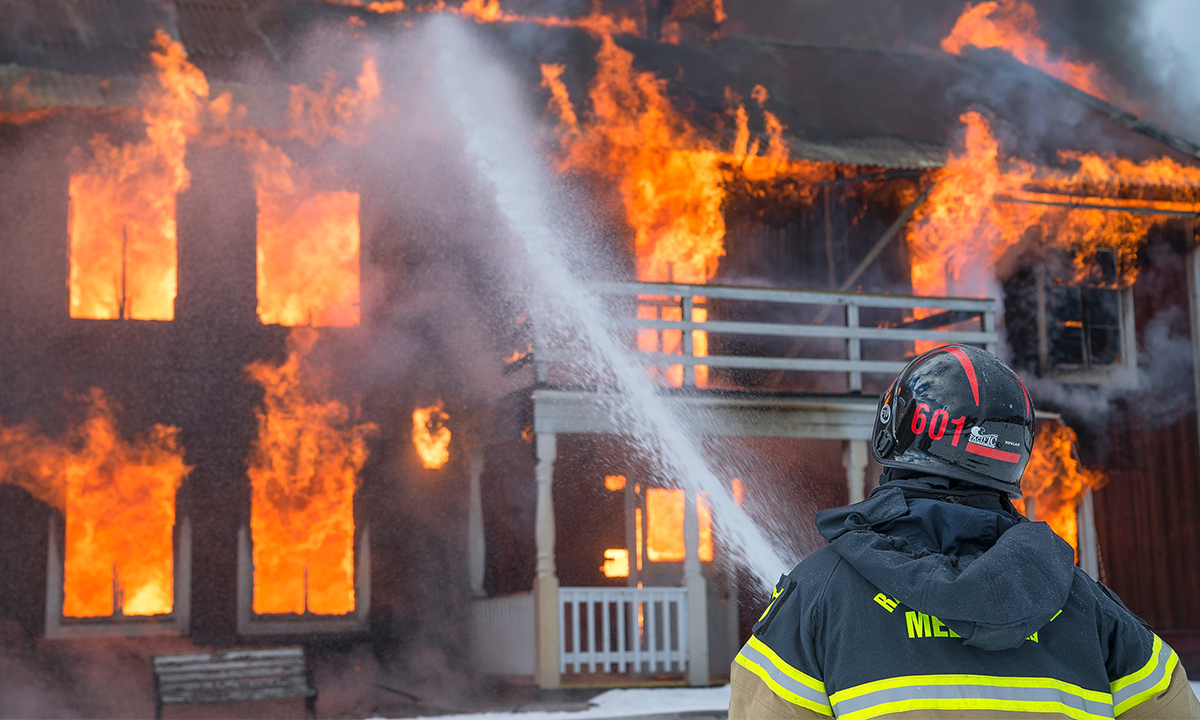Written by Amanda Williams
There is no doubt that California wildfires are catastrophic and cause massive destruction within the state. However, because of the devastating fires, insurance companies are now releasing customers who live in areas that have experienced or are at risk for wildfires. Furthermore, not only are they releasing customers, but almost all insurance companies are raising their rates, causing their customers further distress.
The insurance companies are primarily dropping customers because 10 of 20 California’s most destructive fires ever have occurred in just the past five years. Moreover, the insurance companies also saw the Northern California fires happen, causing increased concern about fire-prone areas. To deal with the fiery destruction that occurred, the insurance companies had to pay $1.70 for every dollar collected.
Even though customers are frequently going to Alpine for fire insurance, Alpine has also had their fair share of fires. Likewise, insurance companies in Alpine are beginning to drop their customers as well. Without insurance, customers are at risk of losing their houses because mortgages require coverage. While policies are being issued, customers are anxious about what will ensue should another severe fire happen. Insurance companies typically do not discuss their plans, but it is clear that the companies are raising their rates and reducing the number of houses they cover in fire-prone areas.
A typical insurance policy lasts about a year. As the policy comes closer to a year, the company has 45 days to give the customers notice, but can do so earlier if it is equally distributed in the state. There are three different options should a customer get dropped. First, the customer can go to a different company as long as it is California-regulated. Second, they can receive coverage from a “surplus” insurer who sells insurance in California but is not required to follow insurance rules. Lastly, customers can get a policy from the California FAIR Plan Association, which provides coverage to customers in areas at risk of fires. However, these prices have risen precipitously with the influx of people going to FAIR.
With insurance companies relying on FireLine, a model for evaluating an area’s fire risk, it is becoming more and more difficult for customers to obtain fire insurance. As a result, this will create a severe issue in the housing market in fire-prone areas.




